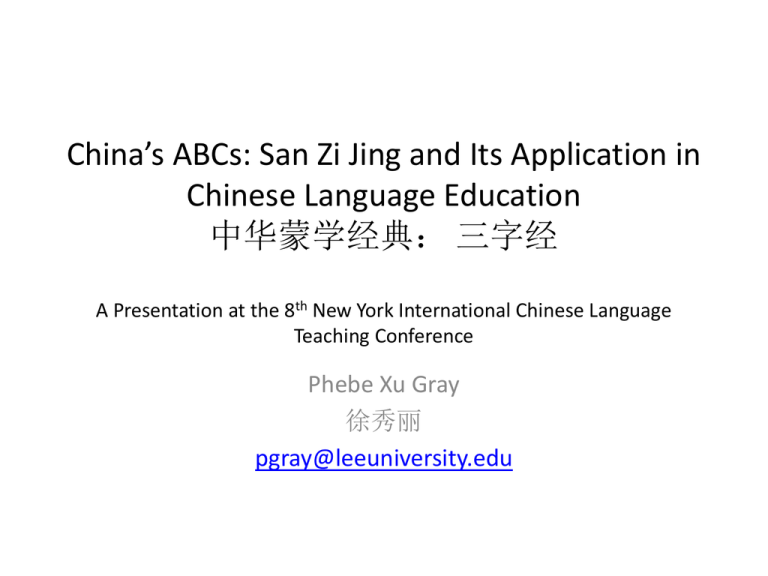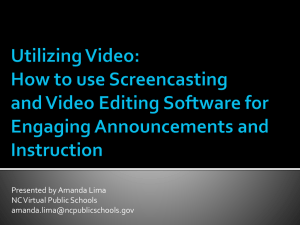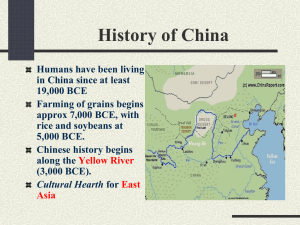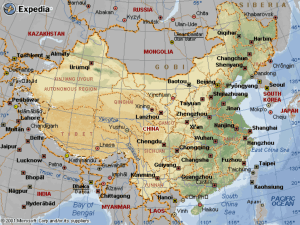PhebeGray - CLTA-GNY
advertisement

China’s ABCs: San Zi Jing and Its Application in Chinese Language Education 中华蒙学经典: 三字经 A Presentation at the 8th New York International Chinese Language Teaching Conference Phebe Xu Gray 徐秀丽 pgray@leeuniversity.edu Introduction: “A classic is a book that doesn’t have to be written again.” —W. E. B. Dubois (1868-1963) • 人之初 • 性本善。。。 • 我和你 • 信连心。。。 http://www.youtube.com/watch?v=Pf1_xwMHFqA The Origin and Development of San Zi Jing • Song dynasty: known for its economic development, achievements in the arts and literature, invention of printing, gun powder, and the compass. • The Imperial Examinations: The Three Character Classic as a literacy primer; significance was comparable to that of learning the alphabet in the West. • Authorship: Wang Yinglin (王应麟 1223—1296)? a scholar’s work… national elementary textbook throughout China since Song Dynasty. Notable Annotators • In addition to Wang Yinglin, various scholars in later generations also contributed to this book. Among them were two scholars in the Qing dynasty,王相and He Xingsi 贺兴思, as well as Zhang Taiyan 章太炎, a Chinese studies intellectual in the beginning of the Republic of China. These scholars were noted for their compilation, annotation, and publication of this book. Therefore it has served as the literacy primer in China for over 700 years. Influence to Westerners • • • • • Matteo Ricci (1552-1610) Robert Morrison (1782-1834) William Henry Medhurst (1796-1857) H.A. Giles (1845-1935) Friedrich Bischoff : 2005 Alexander. San tzu ching explicated: the classical initiation to classic Chinese couplet I to XI. Beiträge zur Kultur- und Geistesgeschichte Asiens; Nr. 45. Wien: Verlag der Österreichischen Akademie der Wissenschaften, 2005. Matteo Ricci: (1552-1610) : Ming Dynasty 利玛窦 Robert Morrison (1782-1834): Qing Dynasty • Horæ sinicæ: translations from the popular literature of the Chinese. Includes San tzu ching & Da xue. Translation by Robert Morrison. London: Prin ted for Black and Parry by C. Stower, 1812. William Henry Medhurst (1796-1857) • Christian San Zi Jing • http://catalogue.nla.gov.au/Record/1935673 H.A. Giles (1845-1935) • • • • • • Chinese without a Teacher (1872; sixth edition, 1908; ninth edition, 1931) Chinese Sketches London: Trubner & Co., 1876. Handbook of the Swatow Dialect (1877) Strange Stories from a Chinese Studio (1880, London) from Pu Songling's Liaozhai Zhiyi. Elementary Chinese: San Zi Jing. Shanghai: Keylly & Welsh (1900) http://books.google.com/books?id=h4duAAAAIAAJ&printsec =frontcover&dq=Herbert+Allen+Giles+Elementary+Chinese&s ource=bl&ots=QltGe6Jwz&sig=z9dQQ_NtrNcWPLKvrSFDUuYGpb0&hl=en&ei=_QbuSaJsL48AbhuvD9Cg&sa=X&oi=book_result&ct=result&resnum= 1&ved=0CBkQ6AEwAA#v=onepage&q&f=false Manchurian and Chinese Version Wang Xiang Version: Qing Dynasty He Xingsi Version: Qing Dynasty Zhang Taiyan Version: MinGuo Christian Evangelical Version 1: Qing Dynasty Gong Nong Bing San Zi Jing: 1930 Criticize Sang Zi Jing: 1960s Zhu Yin San Zi Jing: before PinYin Ke Ji San Zi Jing: After Pinyin Conclusion: Suggestions for TCSL Applications • Learn Chinese culture through San Zi Jing Stories • Learn San Zi Jing content as a Classic • Adapt Content to San Zi Jing Format









